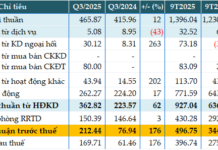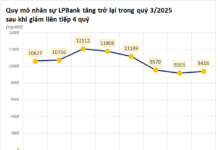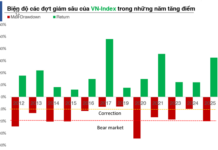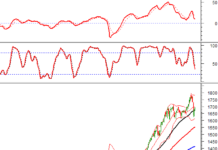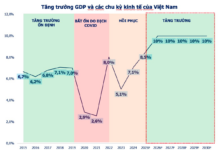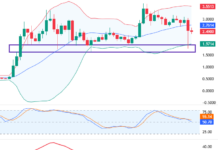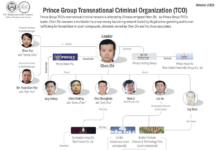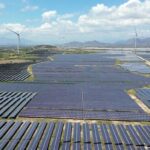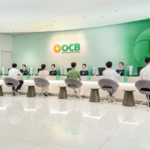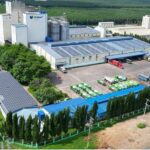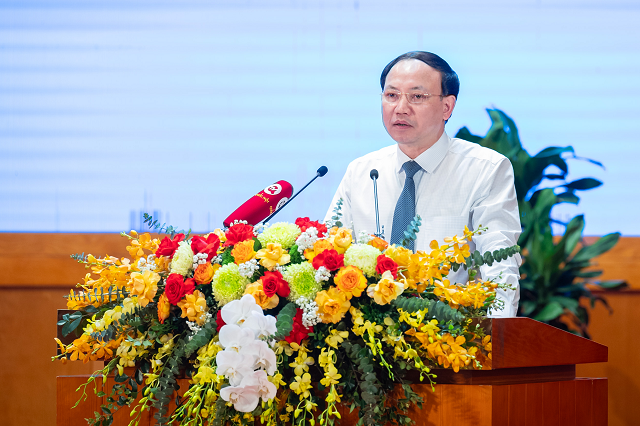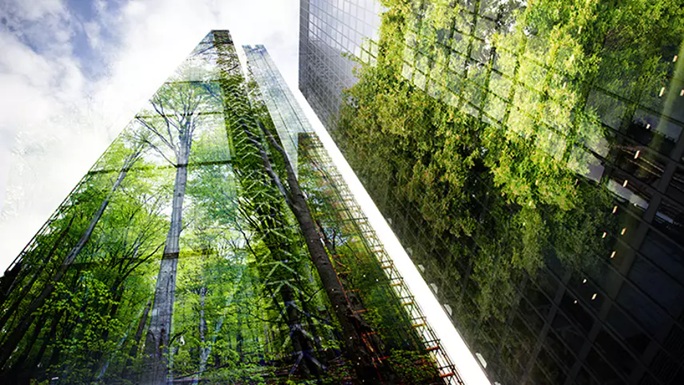
Green credit is attractive but not easily accessible. Illustration
|
Growth and Legal Boost
On the sidelines of the workshop “Vietnam Green Finance 2025” held on the afternoon of August 28, 2025, Ms. Hoang Viet Phuong – CEO of S&I Ratings shared that in recent years, the concept of green finance, especially green bonds, has become familiar to the Vietnamese market. The data shows a significant shift as this capital has grown spectacularly, indicating the determination of enterprises in pursuing sustainable development goals.
The main driving force behind this explosion comes from the positive participation of domestic commercial banks. Many banks, especially the state commercial joint-stock bank bloc, are determined to promote green credit packages with attractive preferential interest rates, proactively approaching enterprises with projects that comply with ESG (Environmental – Social – Governance) criteria. This capital source not only comes from domestic resources but also attracts the attention of international organizations, focusing on key sectors such as energy, infrastructure, logistics, and real estate.
A breakthrough step that consolidates the foundation for the market is the government’s first issuance of the “Green Classification List” in July 2025. This is considered a compass, a clear legal guide for both borrowers and lenders, unifying the “common language” on standards and procedures for capital access.
However, this is just the beginning, and the market still needs more specific regulations and guidelines on the application standards in the lending and disbursement process, as well as uniform compliance reporting templates to ensure transparency – the core element of green finance.
Benefits are not yet attractive compared to cost issues
On the sidelines of the workshop, Mr. Pham Anh Duy – PwC Senior Manager added that specifically for green finance capital for the renewable energy sector, PwC sees a huge capital demand from Vietnamese enterprises, initially about 1 billion USD. Enterprises in this field have also been borrowed by many lenders, but in reality, it is not easy to meet the terms to get a loan.
Along with that, Ms. Phuong said that the biggest barrier that makes enterprises hesitate is the cost. In theory, the interest rate for mobilizing green capital is often lower than that of ordinary commercial loans. But in fact, the total final cost that enterprises have to pay is not much different, or even higher.
The reason is that enterprises have to bear a series of non-small compliance costs. The cost of building a standard framework, enterprises have to invest in establishing a framework of green criteria for the project. Monitoring and reporting costs to ensure compliance with commitments made throughout the project life cycle. The cost of third-party confirmation is also a mandatory expense to hire an independent, reputable unit to check and confirm the level of compliance, to counter the “greenwashing” phenomenon – advertising falsely about sustainability.
When all these costs are added up, the economic benefits from the reduced interest rate may be eliminated. This explains why in the initial phase, the green finance playground is mainly for large enterprises with strong financial potential and long-term vision, ready to invest in reputation and commitments to the community.
From the perspective of enterprises, Mr. Tran Tuan Linh – Member of the Board of Management of Vietnam National Petroleum Group (Petrolimex, PLX) said that the green trend is inevitable and Vietnam today has also embarked on the path of green transformation. However, the infrastructure, finance, and policy connections are still being built.
Regarding the opportunities for the industry, Mr. Linh said that there are opportunities with the greatest potential for renewable energy with more than 600 GW of offshore wind power and 300 GW of solar power. A strategic position to become a regional hub for the production of green hydrogen and SAF. The increasing attention from international capital – ODA, ESG funds, and JETP commitments.
The challenge is that we need to mobilize hundreds of billions of dollars in the coming decades. Acting too quickly risks socio-economic disruption; acting too slowly risks falling behind. Mechanisms such as CBAM and CORSIA will directly affect Vietnam’s exports and aviation industry.
“Opportunities and challenges go hand in hand, and Vietnam must act quickly and cautiously,” said Tran Tuan Linh.
Need a “catalyst” policy
For green capital to truly permeate, S&I Ratings CEO Hoang Viet Phuong said that there is a need for stronger and more specific support policies from the government. The proposed solutions include: Support mechanism directly from the State Bank or Ministry of Finance for pioneering enterprises; building stronger tax incentive policies for projects and enterprises complying with green standards, or considering listing cost incentives, service fees…
These policies will create clear short-term economic benefits, encouraging not only large enterprises but also small and medium-sized enterprises to participate.
From the perspective of a commercial bank, Ms. Nguyen Thi Kim Phuong, Deputy Director of BIDV’s Corporate Customer Block – said that the legal framework for green credit and green bonds is still lacking in synchronization, and the mechanism of incentives is not clear.
The high cost of compliance and the requirement for data transparency make it difficult to appraise projects and grant green credit. As of the end of July 2025, BIDV has granted nearly 79,000 billion VND of green credit outstanding to more than 1,900 projects, but this figure accounts for only about 3.7% of the total outstanding loans.
– 15:58 09/02/2025
Unleashing Green Finance: Navigating the Regulatory Maze
“Developing a preferential green credit policy for investment projects in clean technology and carbon circularity is pivotal to fostering a green transition among businesses.”
The Green Finance Framework: Pioneering Sustainability at HDBank
HDBank has unveiled its Sustainable Finance Framework, aligned with the standards set by the International Capital Market Association (ICMA) and the Loan Market Association (LMA). This framework was developed with technical support from the International Finance Corporation (IFC) and received a “very good” rating from Moody’s.
Revolutionizing HCMC’s International Finance Center with Fintech and AI
The future of Ho Chi Minh City’s international financial center will be underpinned by cutting-edge fintech and AI technologies.







